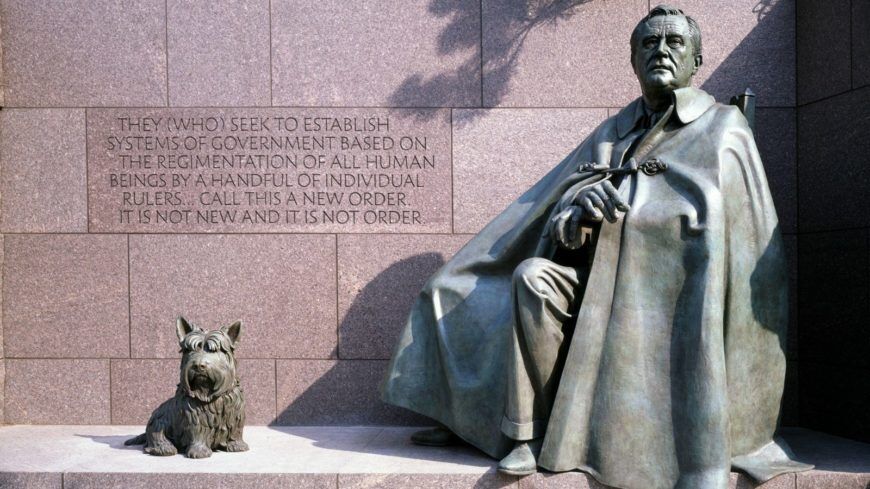
“Suchitra Mattai Unveils a Monument for Our Times”

**The Intricate Art of Diaspora Through Saris: An Exploration of Suchitra Mattai’s Sculptural Installations**
Art that reaches directly into the personal and communal fabric of our lives possesses a unique strength, one that connects deeply with both individual memories and the shared experiences of a culture. This interplay between personal heritage and a collective, diasporic identity is central to the vibrant works of Indo-Guyanese artist Suchitra Mattai, whose recent public art installation, *We are nomads, we are dreamers*, presented in Socrates Sculpture Park in Queens, New York, stands as a perfect embodiment of this delicate balance.
Through her practice, Mattai creates art that is both reflective of her personal intersections between race, heritage, and migration, while exploring the more universal narrative of what it means to move, change, and reinvent oneself in new geographies.
### Sari as Art: History, Memory, and Transformation
The sari, an evocative symbol of South Asian heritage, is more than just traditional attire — it has long been a repository of stories and emotions for those who wear it. From saris passed down across generations inside families to saris whose wear marks significant life events, these garments represent memory, identity, and connectivity. Much of Mattai’s art draws on themes like these, placing used saris front and center in her installation work.
Take for instance, the day Mattai’s grandmother decided to unveil her wedding sari in front of a family member, after having kept it tucked away in a chest for years — a personal moment pregnant with passings of time, tradition, and relationships. Memory envelops fabric, making the soft swaths of cloth more complex and emotion-laden than they might first appear. Mattai channels such moments into her sculptural practice, but avoids cliché by grounding her artwork in firm ideas about transformation, migration, and the unpredictability of the diasporic experience.
In Mattai’s large-scale public installation *phala* (meaning “fruit” in Hindi/Urdu and other Indo-Aryan languages), she used countless woven saris to create soft, meditative monuments resembling organic structures. Placed at Socrates Sculpture Park, these saris were intricately weaved into metal armatures, presenting a monument laden with meaning about movement and cultural dislocation. These pieces encouraged viewers to reflect not just on the static image of saris in storage, but on how these cultural markers evolve and intertwine through generations displaced from their original homelands.
### A Nomadic Sense of Monumentality
Culturally, many monuments, especially those erected in public spaces, serve as displays of power, triumph, or memorialization of prominent figures. By contrast, Mattai’s sculptures challenge this traditional understanding of monuments. She questions how we memorialize not just people, but the physical, emotional, and spiritual transformations individuals undergo as part of diasporic experiences.
Much like saris themselves, her sculptures evolve over time; exposed to the elements — wind, rain, sun, and touch — the saris give in to weathering that, according to Mattai, perfectly encapsulates the impermanence and flexibility inherent in the migrant experience. The sculptures, over their time in the park, became cyclical spaces for personal reflection, their fabric forms sagging, fraying, and adapting to new forces. Visitors passing through Socrates Sculpture Park found themselves not just observing art, but interacting with it, resting against the sculptures for shade or support, creating a space for engagement, transformation, and reflection blended seamlessly with the everyday.
The powerful metaphor of these weather-worn saris, still bearing the marks of the makers and wearers who had once adorned them, epitomizes the idea that cultural identities, though often rooted in tradition, are never static.
### Healing Through Flora: A Nomadic Garden
Complementing these saris was Mattai’s collaborative work with Marisa Prefer, senior director of Park Operations at Socrates Sculpture Park, on a segment of the installation titled *a nomadic garden*. This plot of land brings together fauna from South Asia, South America, and North America. Jasmine, bird of paradise, and turmeric grow next to bleeding heart and swamp rose mallow, native to North and South America. This mix of flowers and medicinal plants embodies the concept of migration itself — transplanted species grow, transform, and ultimately bloom in foreign soil.
The garden seeks to bring attention not just to the physical movement associated with migration, but to the personal, emotional, and healing aspects of it. For many migrants, healing from the trauma of displacement is an arduous process. The flowers in *a nomadic garden* bloom slowly, just starting to take root in some cases, symbolizing that while there may be external change, healing is an ongoing process.
Through its carefully curated mixture of flora from three continents, the garden becomes a reflection of diasporic resilience — a balm not only for the individual